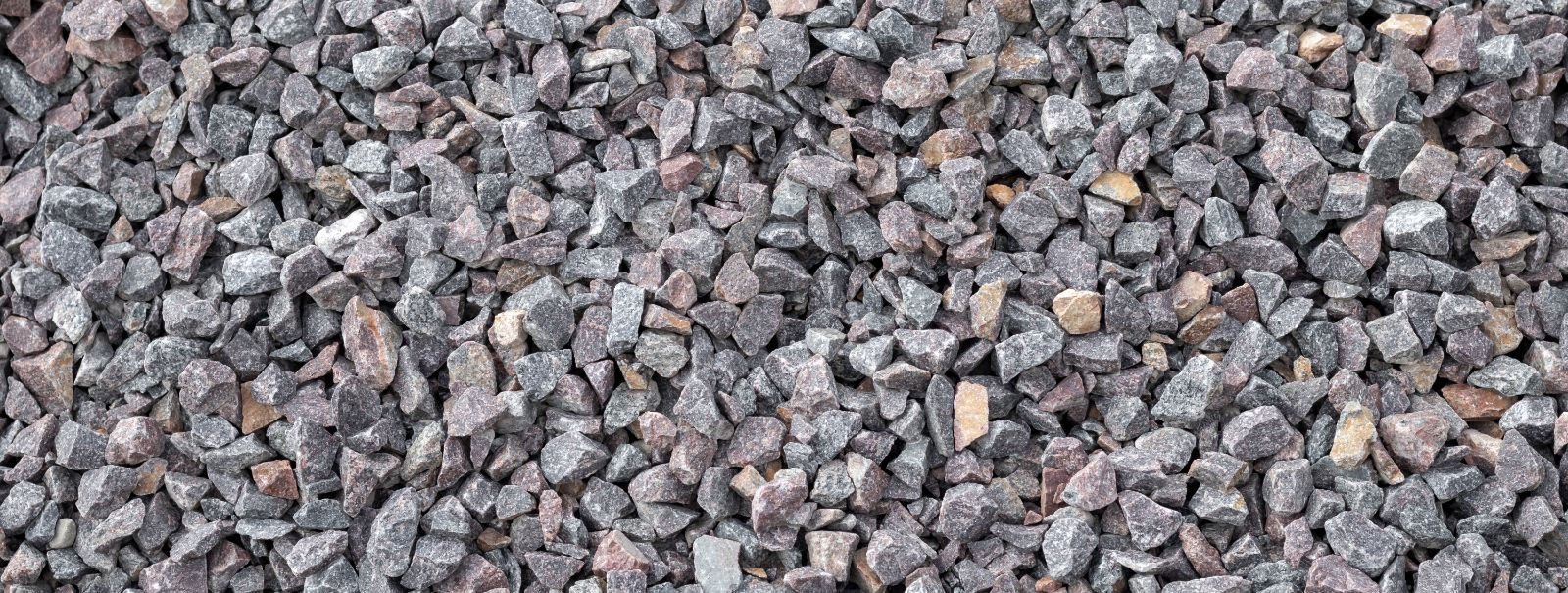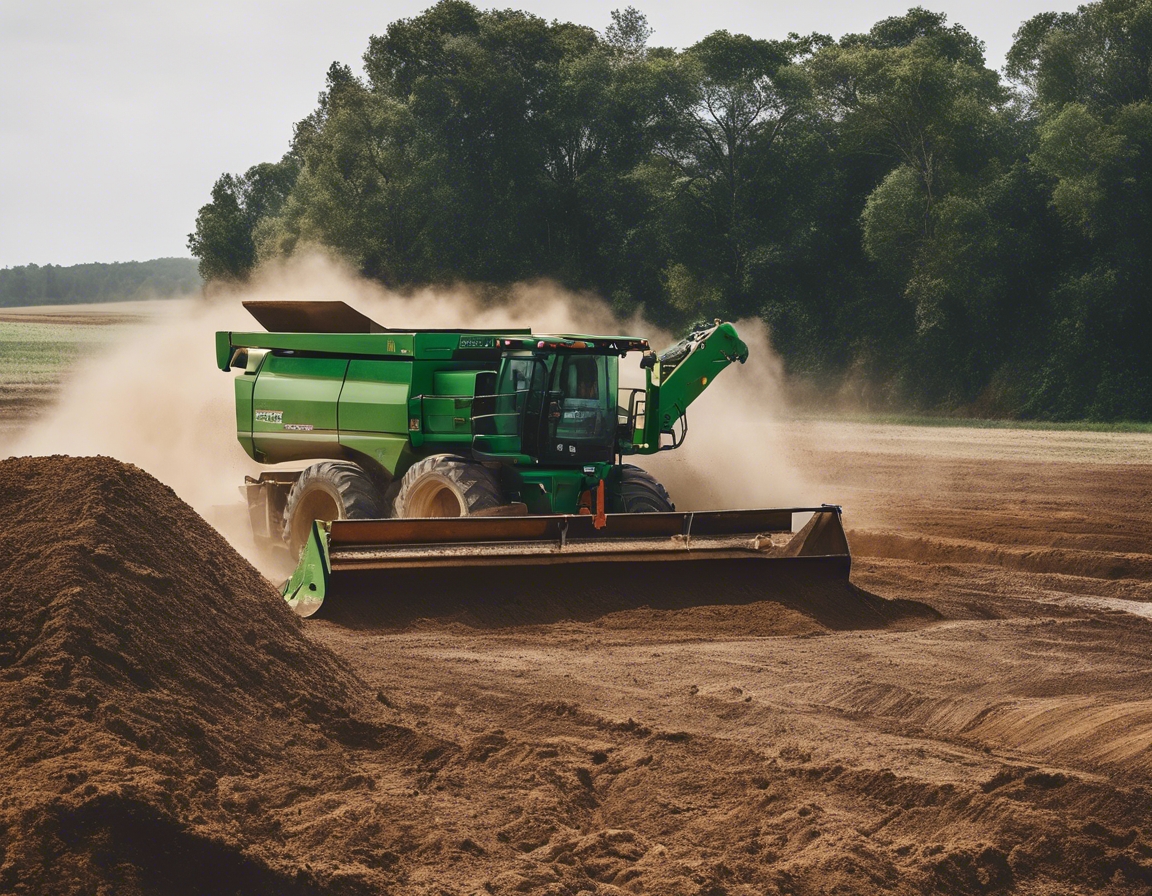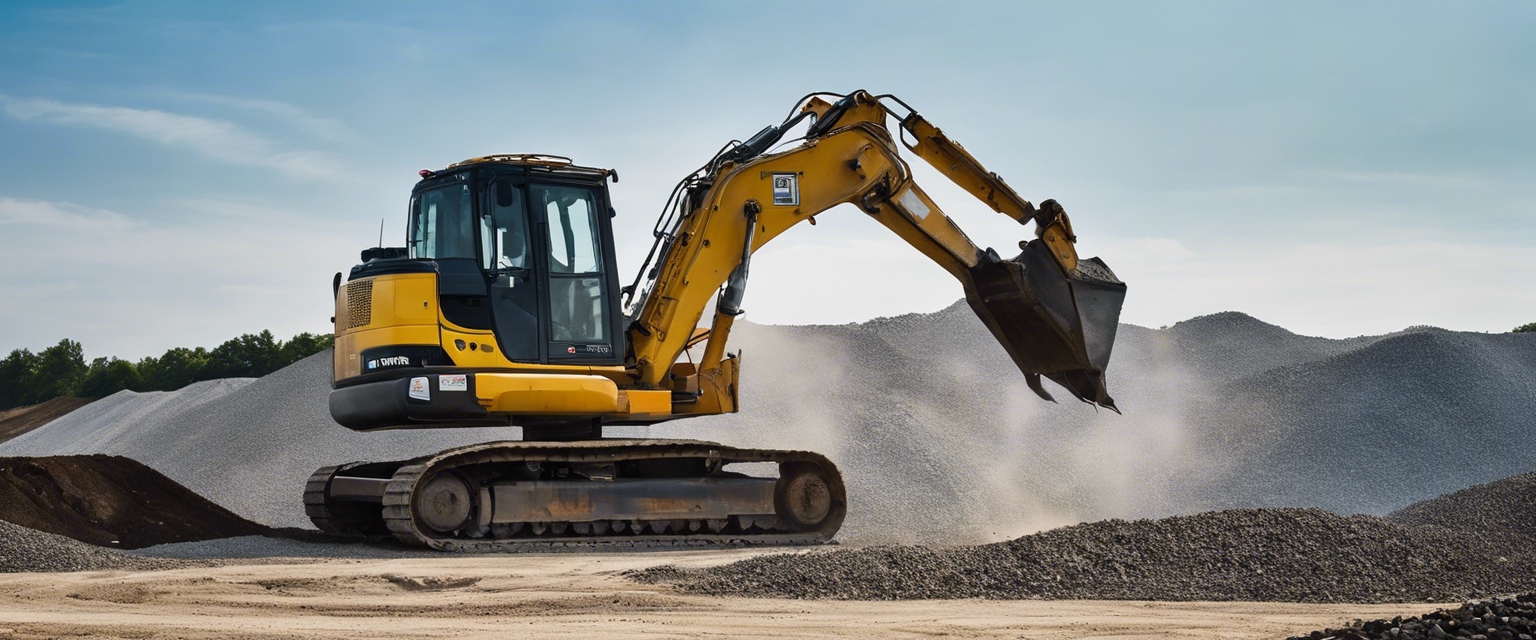Building a gravel road: tips from the experts
Gravel roads are a cost-effective solution for providing access in rural areas, serving as a reliable infrastructure for transportation. They are easier to construct than paved roads and can be more adaptable to changing terrain and climates.
Gravel roads offer several advantages, including lower initial costs, reduced environmental impact, and ease of maintenance. They are also better for areas with low traffic volumes and can be upgraded to paved roads if necessary.
Constructing a gravel road involves careful planning and execution. From assessing the terrain to choosing the right materials, each step is crucial to building a road that is durable and safe.
Planning Your Gravel Road
Before construction begins, it's important to evaluate the terrain to determine the best route and design for the road. Environmental impact assessments may also be required to ensure compliance with regulations.
The road layout should consider factors such as slope, curvature, and visibility to ensure safety and functionality. Computer-aided design (CAD) software can be used to plan the road accurately.
Obtaining the right permits is essential for legal compliance. This may include land use permits, environmental permits, and local government approvals.
Materials and Equipment
The type of gravel used can significantly affect the road's performance. Factors such as size, shape, and material composition should be considered when selecting gravel.
Building a gravel road requires specific equipment, such as bulldozers, graders, and compactors. Ensuring access to the right machinery is key to efficient construction.
Building the Road: Step-by-Step Guide
The first step in construction is to clear the land of vegetation and obstacles. This process, known as clearing and grubbing, prepares the site for subsequent construction activities.
A stable foundation is critical for the longevity of the road. This involves grading the roadbed and ensuring proper compaction to support the gravel layer.
Once the foundation is prepared, gravel is laid in layers and compacted to create a solid driving surface. Proper compaction is essential to prevent ruts and erosion.
Effective drainage is crucial to prevent water accumulation and road damage. This includes designing ditches, culverts, and other drainage features.
Maintenance and Upkeep
Regular maintenance, such as grading and adding additional gravel, is necessary to keep the road in good condition. This helps to extend the road's lifespan and prevent major repairs.
Common issues with gravel roads include potholes, washboarding, and dust control. Addressing these problems promptly can prevent more serious damage.






Comments (0)